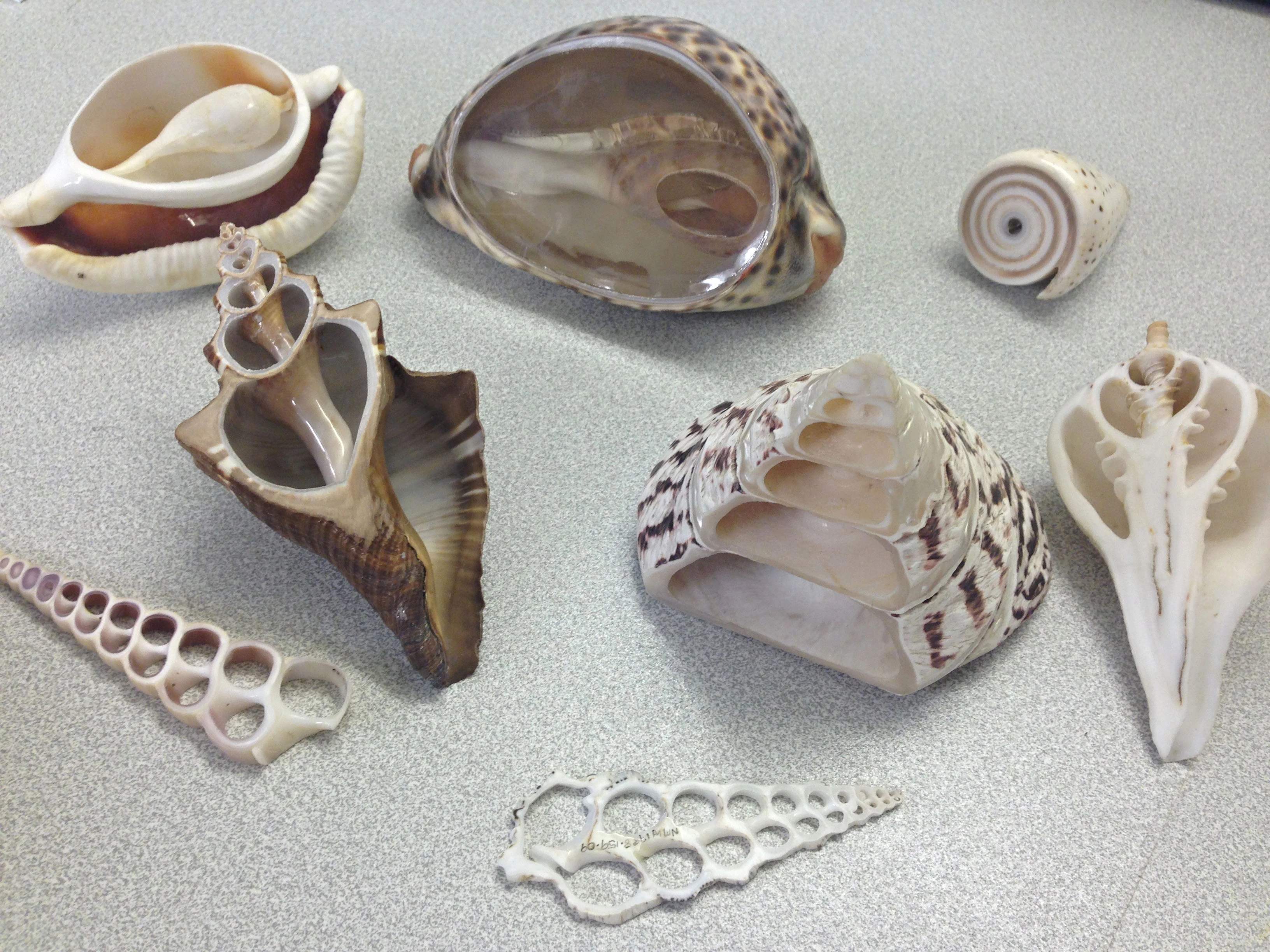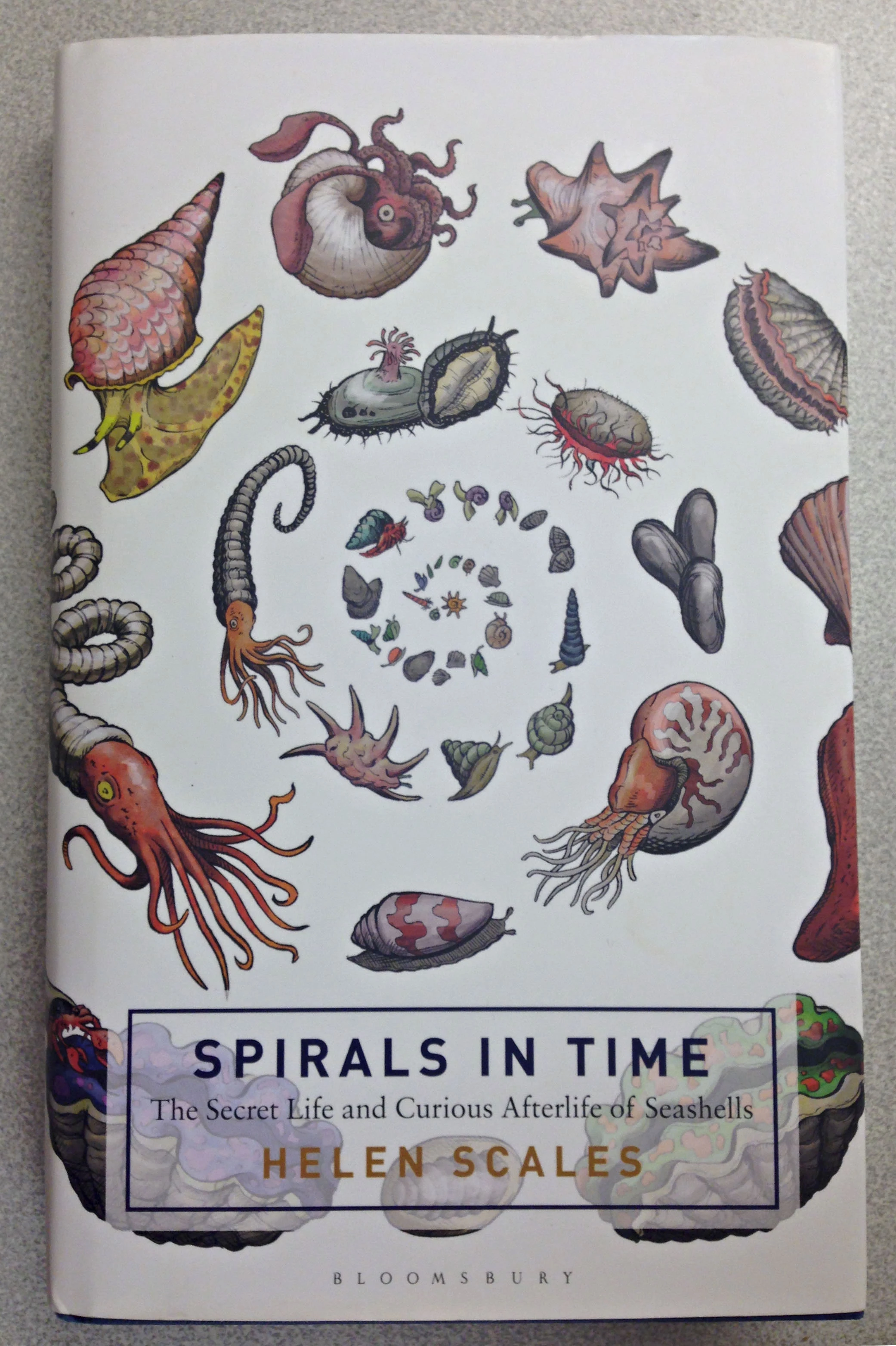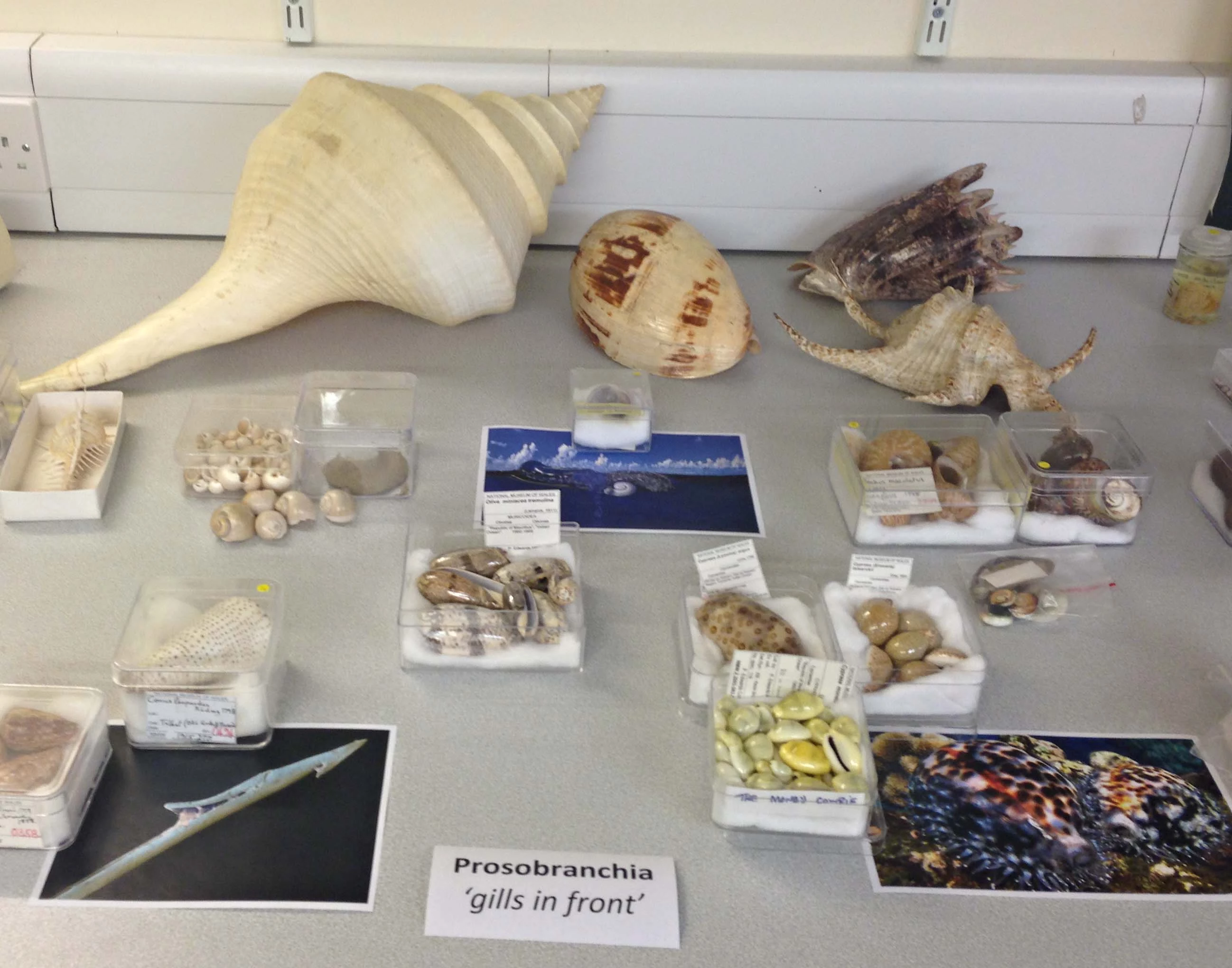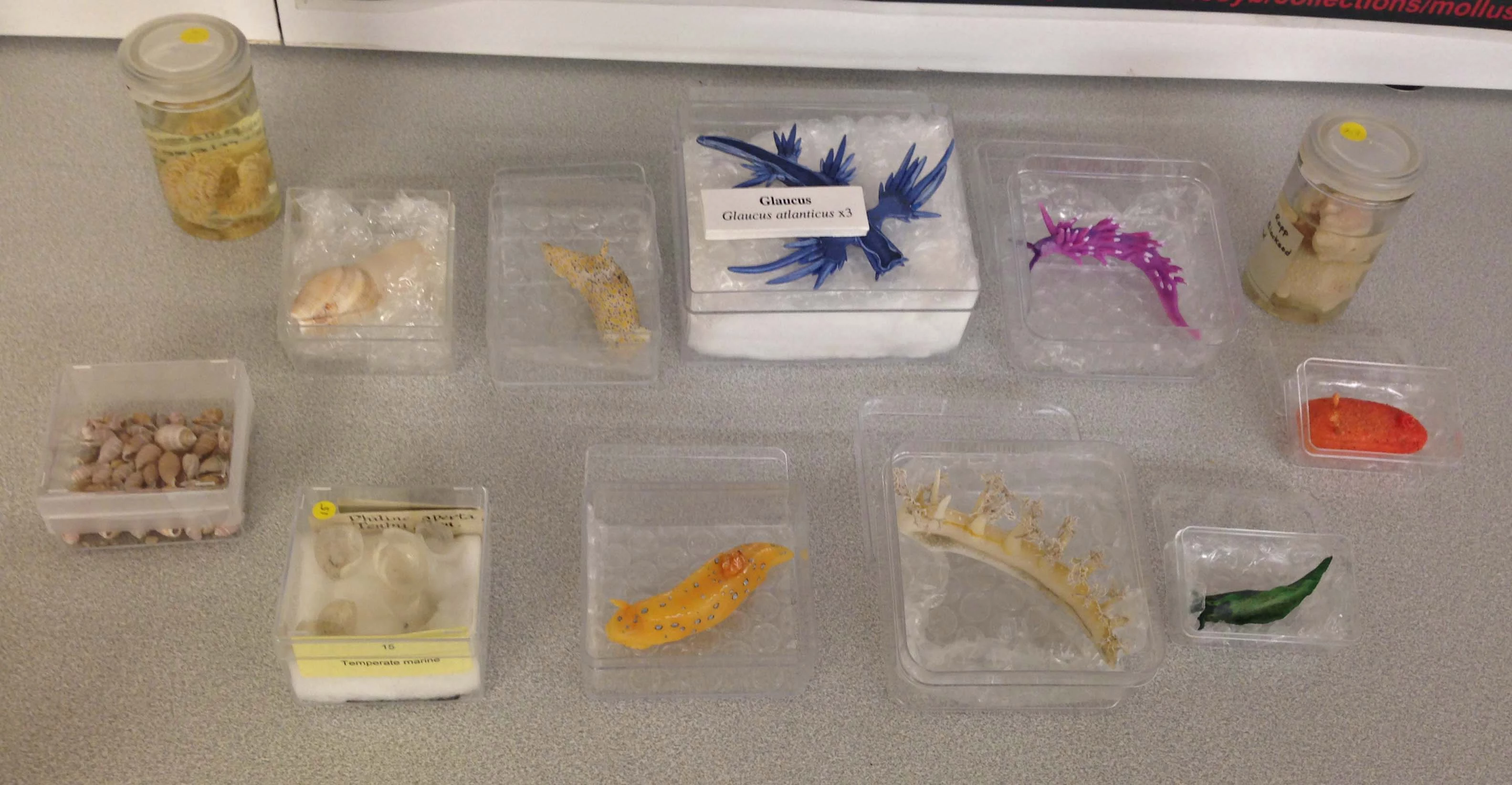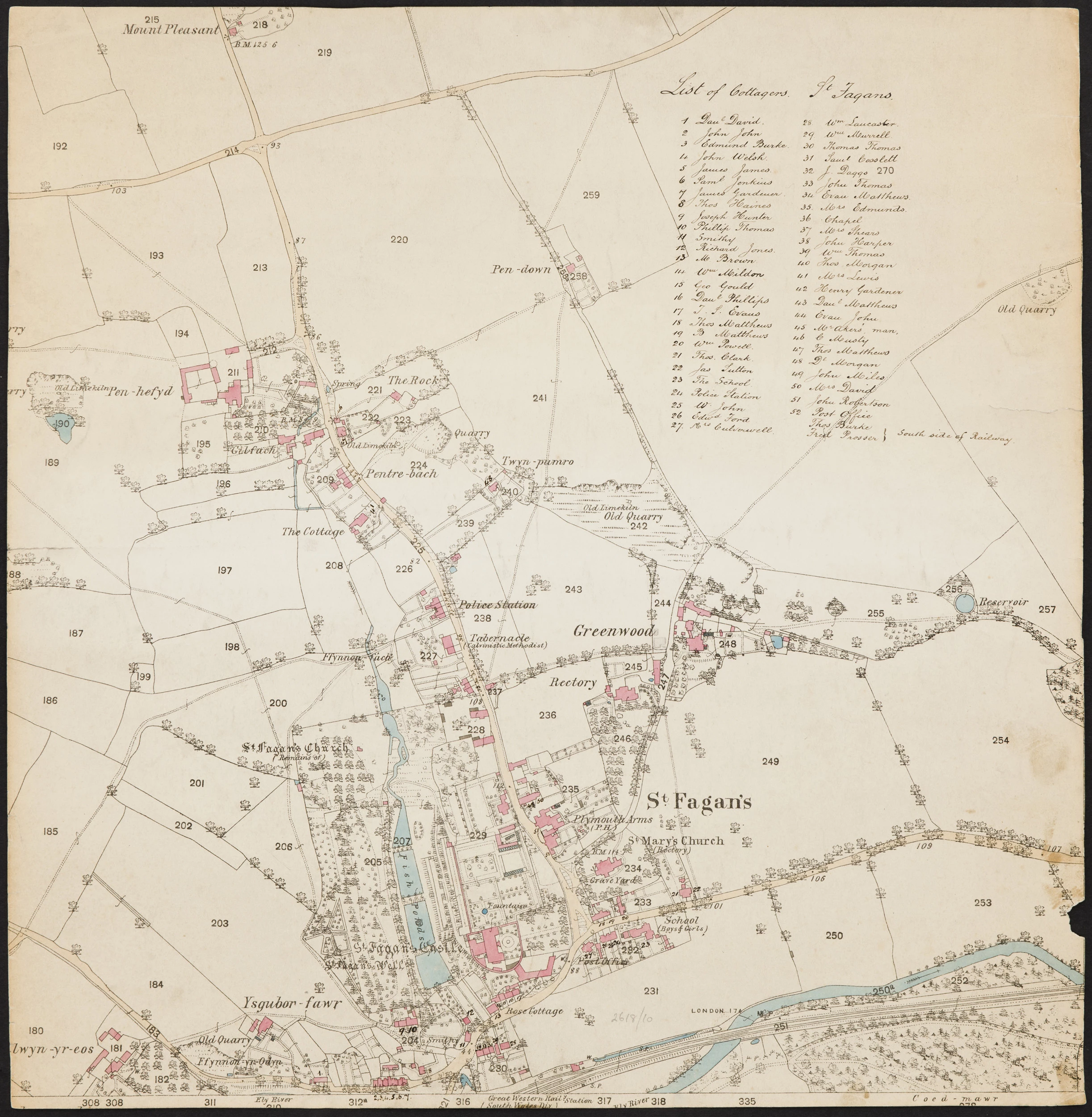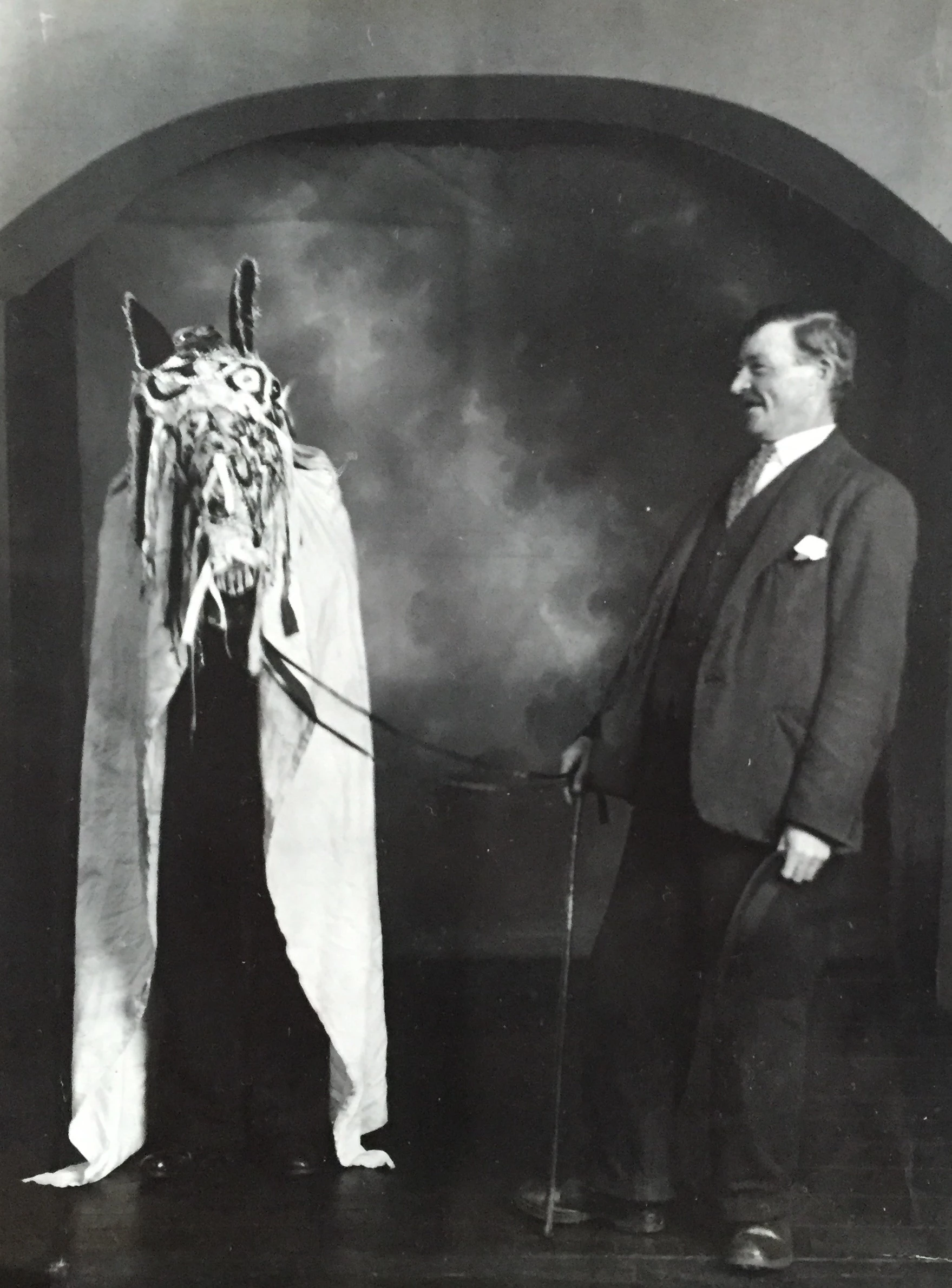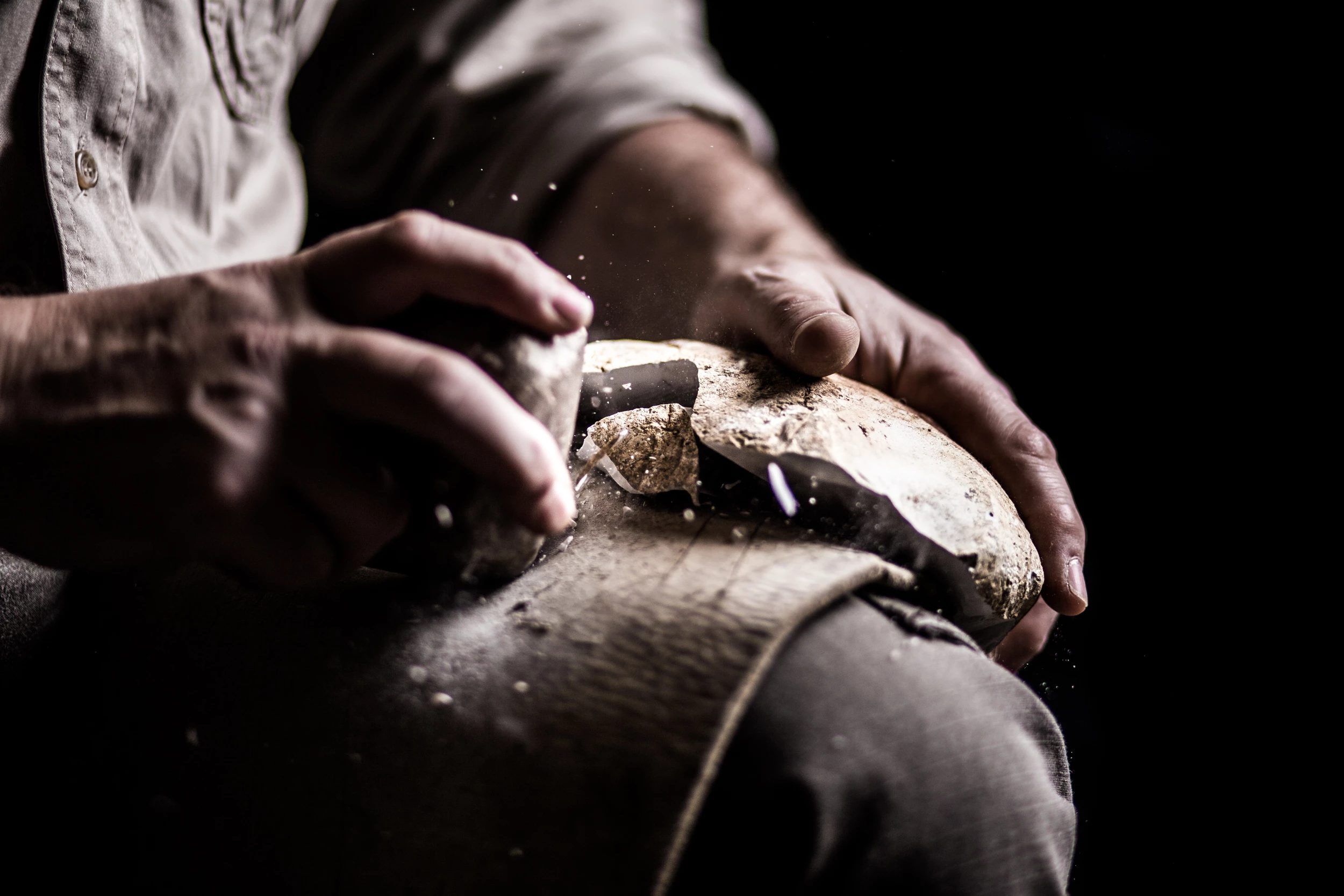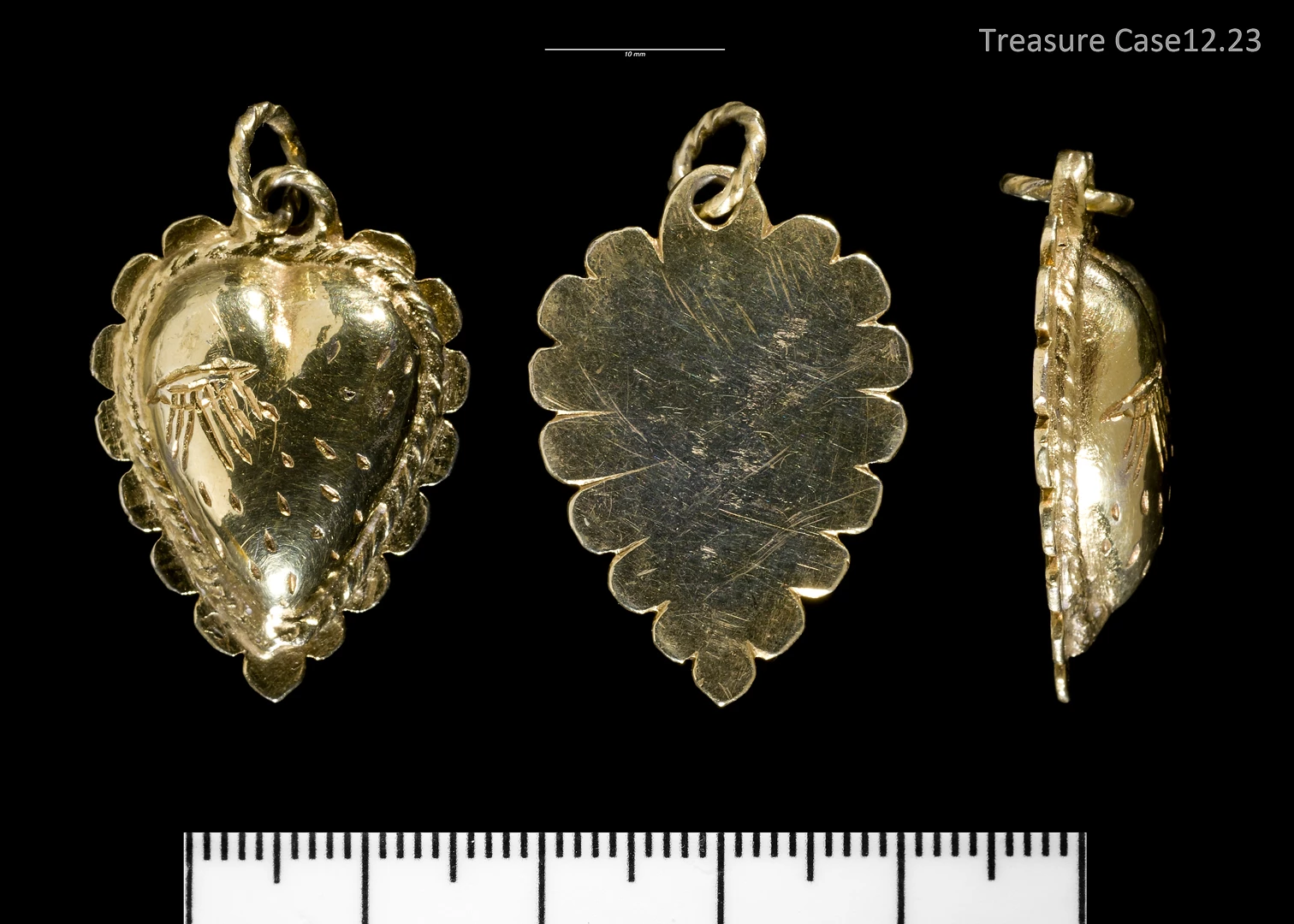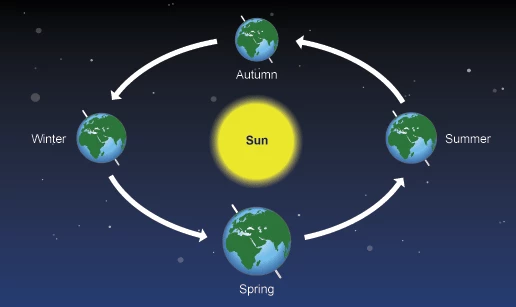Hello Bulb Buddies,
A big thank you to all the schools that sent in their weather data last week. Especially to those who left comments! Some of the comments last week noted that the weather has been getting steadily colder, and that temperatures increase throughout the day. For this reason I thought it would be interesting to talk a bit about the seasons!
There are four seasons in the year. Winter, spring, summer and autumn. We are in winter, which is the coldest season.
Spring starts around 20th March (the Spring Equinox), this is when most flowers bloom, the weather gets steadily warmer, and many animals have their young. Lambs in the fields are a good sign that spring has arrived!
The summer comes in full force from June to September, and this is when we have the warmest weather and the longest daylight hours. Luckily for you, it’s also when you get your longest school holidays!
Autumn takes hold from late September, and this is when the days become shorter and the weather begins to get colder! This is when the leaves change colour from green to oranges, reds and browns and fall from the trees. And when animals like squirrels hoard food for the long winter ahead. Winter arrives again in December, and stays until mid-March.
Do you know why we get seasons? What causes the weather to change so dramatically throughout the year? Well, it’s because the Earth is turning around the Sun at an angle. The picture below shows the earth in relation to the sun. The earth turns (rotates) on its axis (imagine a line joining the North and South poles) as it moves around (orbits) the Sun.
It takes the Earth 365 days to travel once around the sun. The length of a planets year is the time it takes for it to complete one orbit of its star. So a year on Earth is measured as the passing of 365 days.
The picture above shows the Earth’s rotation around the Sun. The axis is shown by the white line at the North and South poles. You can see that the axis (white line) is at a different angle to the Earth’s orbit (shown by the white arrows). This means that each day we are at a slightly different angle to the Sun than we were the day before. This is what causes a difference in the number of daylight hours we get. Fewer daylight hours (winter) means less light and heat, making this time of the year colder. More daylight hours (summer) means more light and heat, which makes it warmer!
Many of you have noticed that temperature increases throughout the morning, and decreases in the late afternoon. This is because the heat from the sun gradually warms our surroundings throughout the day. Materials and living things absorb this energy, and become warmer themselves, heating the air around them. The sun is at its highest point around noon, so this is when the earth gets the most light and heat energy from the sun. In the afternoon the heat and light from the sun gradually decreases. However, the materials and living things around you will continue to radiate heat, gradually cooling throughout the afternoon and evening. This is why the temperature is often higher between 2-3pm than it is at midday. This is also why temperatures are lower in winter than they are in summer, because the days are shorter and as such our surroundings receive less heat and light energy from the sun.
The UK is in what is known as the ‘North hemisphere’, this means we are closer to the North Pole than the South Pole. Notice that in the picture the North pole (the white line pointing up) is leaning towards the Sun in summer and away from the sun in winter. This angle is what causes the change in daylight hours as the Earth orbits the sun over the course of the year.
Other countries experience the changes in daylight hours at different times of the year. In Australia it is summer in December! And in Iceland they have continuous sunlight for days in a row in the summer and darkness for as long in the winter! Imagine having sunlight at midnight!
Keep up the good work Bulb Buddies,
Professor Plant
Your comments:
Stanford in the Vale Primary School: Hello, This week it has been very frosty and cold. In the mornings it has been frosty but got warmer at lunch times.
Ysgol Bro Ogwr: Mae'r tymheredd yn newid yn y prynhawn.
Hudson Road Primary School: It has been quite warm during the afternoons this week with bright sunshine.
Ysgol Glanyfferi: The temperature is getting colder as it's getting further into the winter.
Hudson Road Primary School: It has been really cold towards the end of the week, with very frosty mornings but it has warmed up through the day.
Betws Primary School: An extremely wet start to the week! The temperature is beginning to dip and winter is most certainly coming...
Stane Primary School: It's getting colder and colder every day! Get your hat, scarf and gloves on. Professor Plant: Great advice Stane Primary, make sure you stay warm!
Arkholme CE Primary School: We have had some frosty nights and most of the leaves have fallen off the trees. No change what so ever with the bulbs. Have a good day.
Broad Haven Primary School: Everything was frozen every morning this week. Frost and ice. The birds are hungry they are eating the sunflower seeds of the sunflowers we grew in the summer.
Hudson Road Primary School: Friday was a lovely warm afternoon and we did lots of garden maintenance getting ready for the winter and filled our bird feeders so they will have food in the cold winter days. Professor Plant: That’s lovely Hudson Road Primary. Well done for looking after wildlife in your garden.
Darran Park Primary: Despite the sunny weather, the temperature has been quite cold but not freezing Also the temperature has been quite consistent but it dropped a little bit on Friday. As well, to start the week off is has been raining, nevertheless, the rest of the week has been dry.
Carnbroe Primary School: The weather was dry but cold and damp this week. Although it didn't rain the soil in our plant pots was damp. Professor Plant: Hi Carnbroe Primary, well done for checking whether your plants needed watering. It’s likely that dew or frost has been forming on top of the soil this will be why the soil is damp even though it hasn’t rained.
Bacup Thorn Primary School: We had a lot of snow Thursday night into Friday. Heavy snow throughout Friday making a wet but enjoyable time at break. We had some very large snow flakes falling.
Bacup Thorn Primary School: A cold start to the week, ending with an extremely wet day!
Darran Park Primary: The temperature has dropped and the rainfall has raised.
Ysgol Rhys Prichard: No rain in the week. Hotter on Monday than Thursday.
Auchenlodment Primary School: There is no record for Wednesday as we were off school for St Andrew's Day. Professor Plant: Hi Auchenlodment Primary, thank you for letting me know. A number of other schools let me know that it was St Andrew’s day as well.
Ysgol Pennant: Diolch am y Worm World! Dwin edrych ymlaen am y bylbiau i agor. Diolch am y bylbiau dwin hoffi cadw golwg ar y potiau. Professor Plant: Helo Ysgol Pennant, diolch am eich gwaith called ac am anfon lluniau! Cadwch ati gyda'r gwaith caled Gyfeillion y Gwanwyn!
Rougemont Junior School: Flowers are starting to sprout. Professor Plant: Wow Rougemont, that’s great news! A few other schools have said that their plants are sprouting, it’s earlier than last year so it will be interesting to compare the results!
